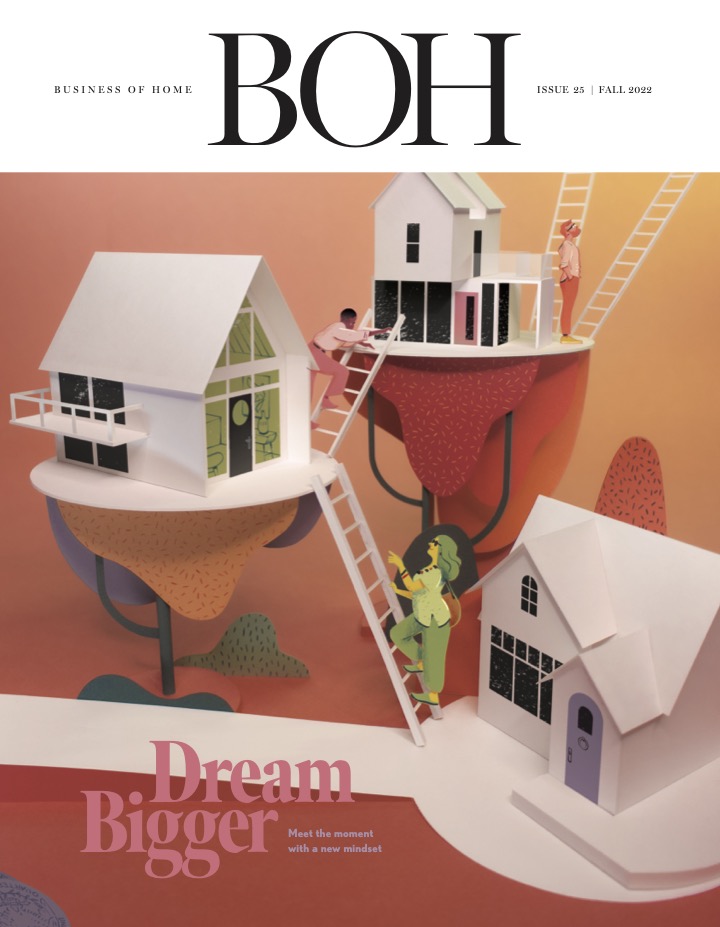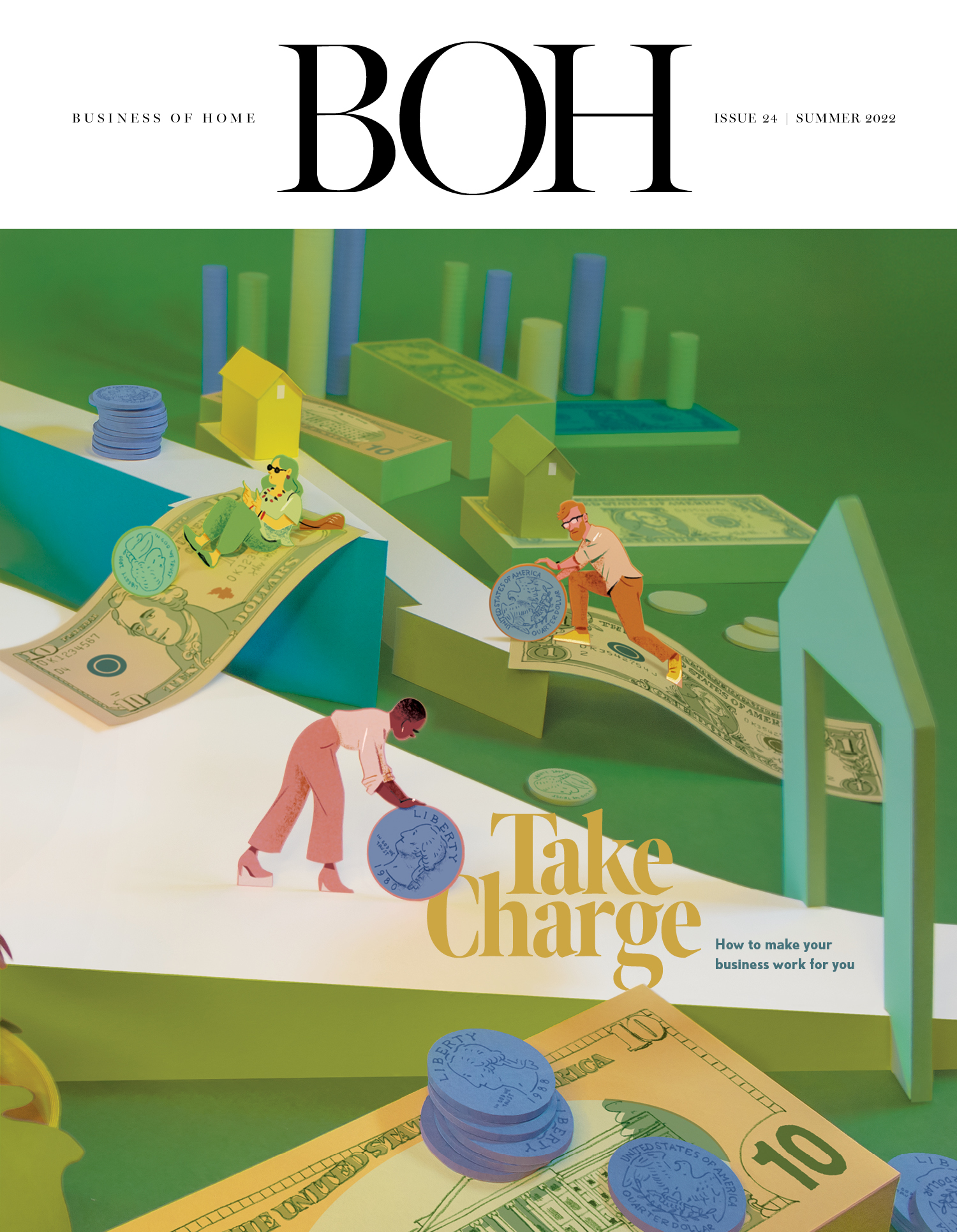With design for architecture, interiors and home accessories to the fore - encompassing industrial and purely creative design - this year's China International Design & Art Fair (CIDAF) in Beijing embodied eight specialized design exhibitions and five summit forums. About 1,000 domestic and foreign design institutions participated in the exhibitions, which showcased nearly 10,000 pieces of outstanding design work. Since its inauguration, CIDAF has generated an extensive impact on the design profession both at home and abroad, say organizers. Participants at the fair were generally positive about the way China's design industry has developed. Jointly organized by the Art College of Tsinghua University, China Building Decoration Association, and China Industrial Design Association, CIDAF is the first state-level international design and art fair in the country aimed at building an exchange platform for the creative design sector, not only in China but across the globe.
The fair had the support of over 50 industry associations and institutes from such countries and regions as France, Switzerland, Singapore, Taiwan and Hong Kong. Guests included the Chairman of the International Federation of Design Institutes, together with internationally-renowned designers Paul Andrew and John Pauline. In spite of the financial crisis, outstanding design work still finds favour with consumers. Liu Wei, Manager of Beijing G&C Art Design Co, said the fair helps to promote the development of China's creative industry. In the midst of the financial crisis, creative design is the driving force for China's emerging industries. In view of this, G&C decided to increase its investment by displaying more than 10 creative designs at this year's event.
The thematic objectives at the fair were "internationalization, marketization, professionalization and branding". The idea was to mobile China's design resources and industrial advantages to organize an integrated international design and art exposition, putting together professional design exhibitions and design summit forums. The fair also featured activities targeted at the general public which included a home accessories exhibition, a Q&A session on new home design and decoration, and design talent employment consultation service. These activities aimed at strengthening CIDAF to serve as a pathfinder for the country's design industry and become a style leader.
The fair's content covered an extensive cross section of the industry, ranging from contemporary architectural and interior design, urban planning, landscape and industrial design, furniture design as well as intelligent design (such as graphic, 3-dimensional and multi-dimensional). China's design industry got off the ground in the 1980s. Against the backdrop of socio-economic development, people began to realize what "design" was about. The year 2006 marked the first time the government took the initiative to promote the creative industry. As an integral part of this putative creative industry, the design sector entered its golden age, with design disciplines gaining greater popularity in Mainland universities, in fact second only to computer. A direct result of the increased recruitment of design students has been the mushrooming of design professionals. Every year, tens of thousands of graduates join the ranks of professional designers.
The most eye-catching activities at the fair were an international design innovation forum and award presentation ceremony. They gathered together top-notch designers from around the world, making the forum the highest level meeting for the international design and art circle of the year. The internationalization of Chinese design and the localization of international design were the topics discussed at a seminar held during the forum. The Annual Design and Art Achievement Award - the highest honor in China's design industry - was presented to the domestic designer making the most outstanding contributions to the design sector in 2008. It went to Wu Bingliang, Deputy Director of the China Traditional Furniture Industry Committee, who's an expert on Ming and Qing dynasty furniture. As winner, Wu has been engaged in the design, production, study and collection of imitation antique furniture for 30 years. He has unique knowledge and views of the style, structure and cultural content of traditional furniture from the Ming and Qing dynasties and has published several academic theses on this topic. To commemorate this award, Wu designed and produced over 100 rosewood furniture items in traditional style and inspiring in design, testifying to his remarkable artistic achievement.






















